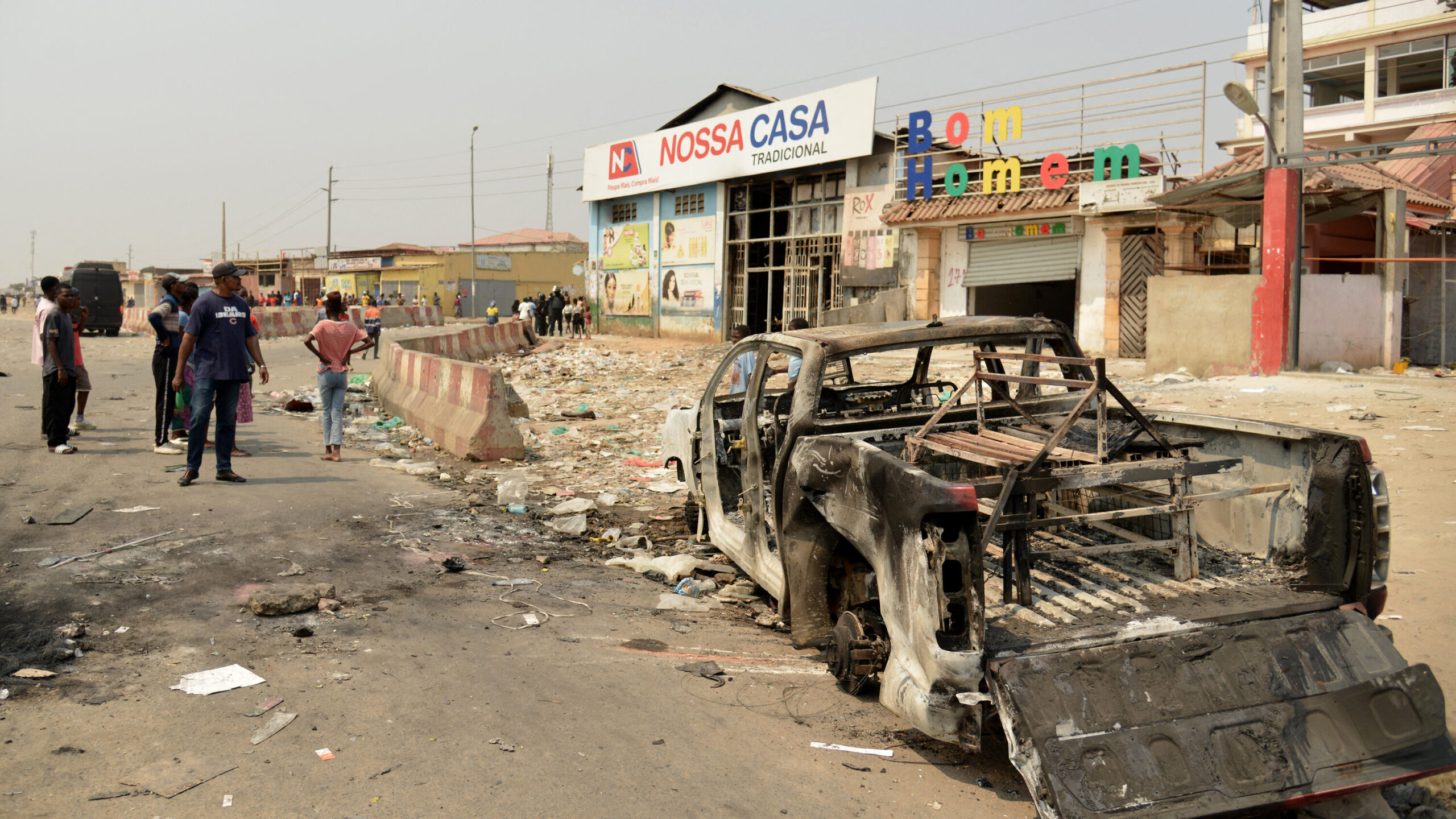Angola, Africa’s third-largest oil producer, is currently engulfed in deadly unrest following a sharp increase in fuel prices and the government’s move to remove long-standing fuel subsidies. This turmoil reveals a deeper crisis: widespread poverty and economic hardship persist despite Angola’s substantial natural resource wealth, highlighting stark contradictions in the nation’s development story.
The unrest ignited in July 2025 after the Angolan government raised diesel prices by more than 30% as part of efforts to end costly fuel subsidies that have weighed heavily on public finances. Since 2023, Angola has been gradually removing subsidies on fuel under pressure from the International Monetary Fund (IMF), aiming to free up resources for vital sectors like health and education. However, this policy shift has brought lasting economic pain to many ordinary Angolans, sparking nationwide protests that quickly turned violent.
The protests began with minibus taxi drivers—the backbone of daily transport for most citizens—initiating a three-day strike in the capital city, Luanda, reacting to a 50% surge in taxi fares caused by the diesel price hike. Their strike galvanized thousands of other citizens who also suffer under soaring living costs, sharp inflation, and limited incomes.
These demonstrations spread beyond Luanda to at least six other provinces, reflecting the depth of public discontent. The government reports that over 1,200 people were arrested and at least 22 killed during clashes between protesters and security forces across the country. Reports indicate widespread looting and vandalism amid the unrest, with dozens of shops and vehicles damaged, creating a climate of insecurity that compelled the deployment of the army to restore order.
Activists have accused the security forces of excessive and indiscriminate use of force to suppress largely peaceful protests. For instance, Osvaldo Kaholol, a prominent activist, was arrested during a demonstration and subjected to harsh prison conditions, including being deprived of access to lawyers and family, which ignited further outcry over human rights violations. Human Rights Watch and other groups have criticized police for firing tear gas and rubber bullets unnecessarily, escalating tensions.
Underlying this upheaval is a painfully ironic reality: Angola ranks as Africa’s third-largest oil producer and possesses considerable hydrocarbon wealth, yet many of its 36 million people live in poverty with average monthly incomes around $75—a figure unable to cushion the population from fuel and food price shocks. The country lacks sufficient refining capacity and must import diesel and gasoline at high costs, pushing domestic prices upward despite oil riches. Meanwhile, subsidies that once kept fuel prices artificially low accounted for around 4% of Angola’s GDP, placing considerable strain on government coffers and prompting the subsidy removals.
The economic pressures go beyond fuel. The rising transportation costs ripple through supply chains, inflating prices for staple foods and other essential goods, exacerbating hardship in a country still recovering from decades of civil war and struggling with high unemployment and inflation. This has fueled wide-ranging grievances against the ruling People’s Movement for the Liberation of Angola (MPLA), which has been in power since independence in 1975, with accusations of corruption and mismanagement deepening public frustration.
President João Lourenço has defended the subsidy cuts as necessary reforms and dismissed protesters’ concerns as politically motivated, maintaining that Angola’s fuel prices remain comparatively low globally despite the increases. Nonetheless, the political and social fallout of these austerity measures reveals the fragile balance between economic reform and social stability in resource-rich but economically unequal African states.
In summary,
Angola’s recent deadly unrest spotlight the complex challenge of managing resource wealth amid widespread poverty. The fuel price hike and subsidy removal have exposed vulnerabilities within Angola’s economy and governance, provoking harsh protests that underscore the urgent need for inclusive economic policies and improved social protections to bridge the gap between the country’s natural riches and its people’s lived realities.

